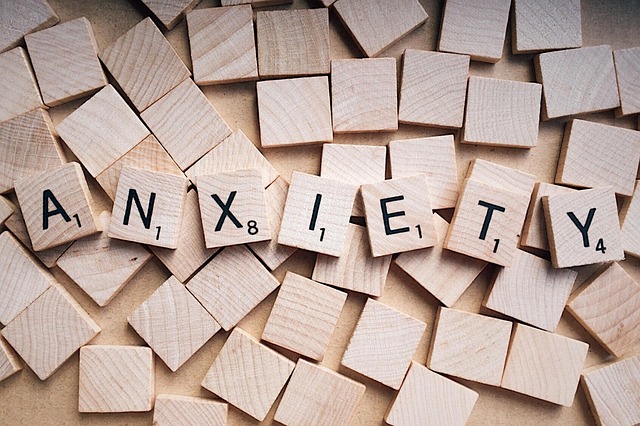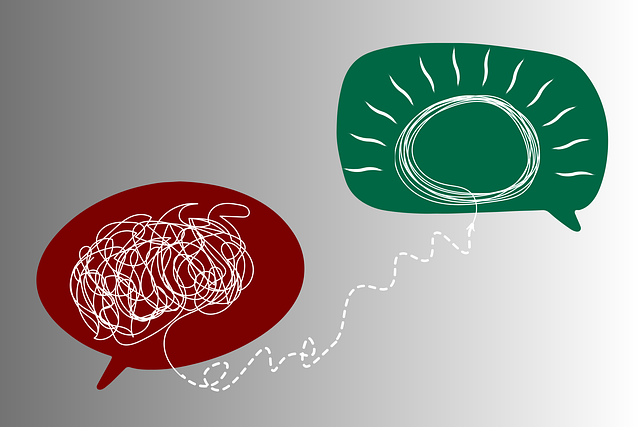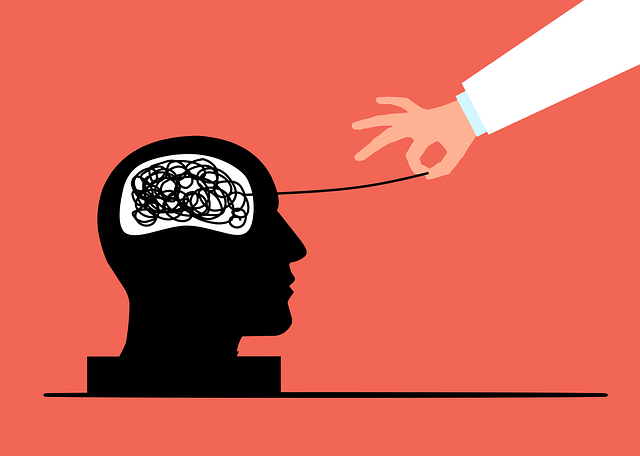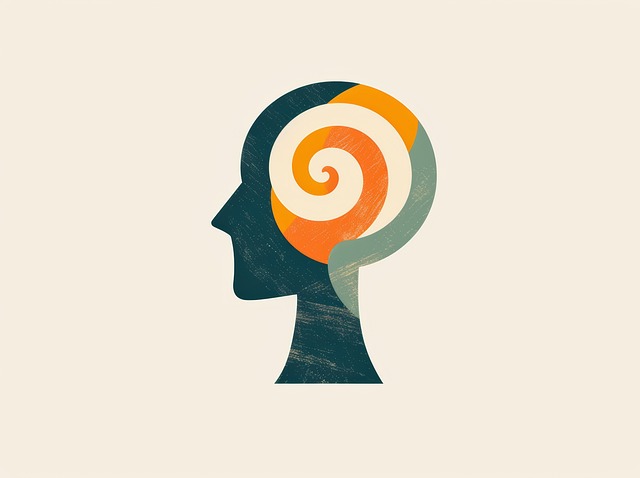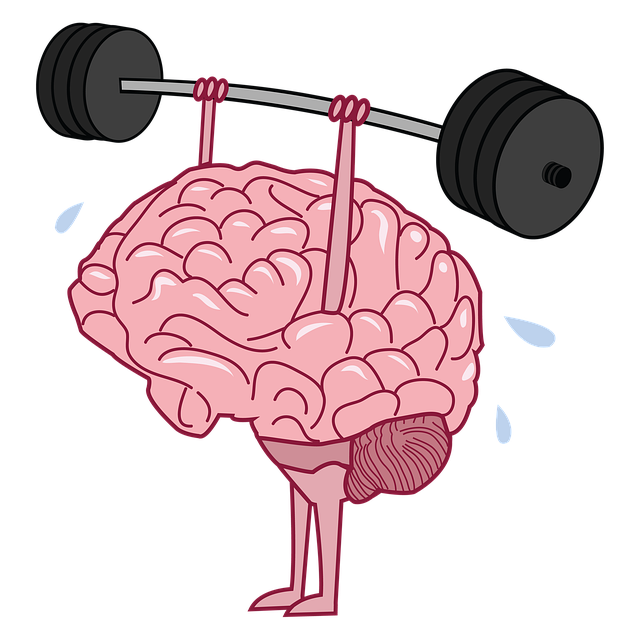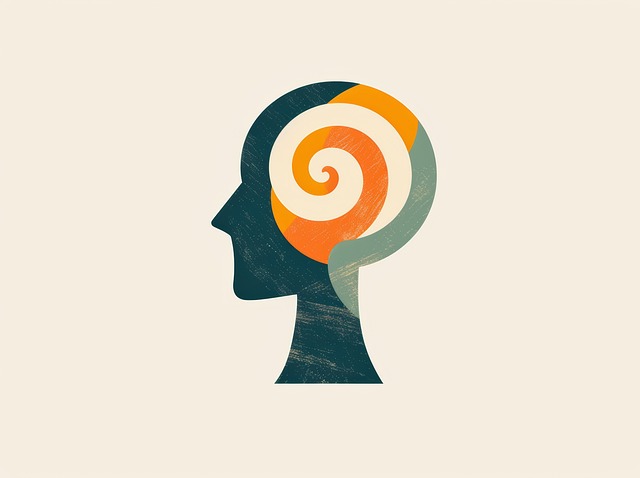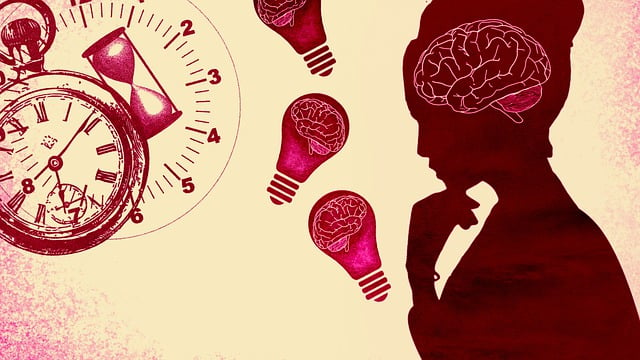Elderly Adjustment Disorder (EAD), also known as late-life depression, is a common mental health issue among adults aged 65 and over, characterized by persistent low mood and loss of interest. Recognizing symptoms like changes in appetite, sleep disturbances, fatigue, and suicidal thoughts is crucial for diagnosis. Mental health professionals use DSM-5 criteria to identify EAD, enabling timely intervention with effective treatments such as cognitive-behavioral therapy (CBT), interpersonal therapy, and supportive counseling. Stigma reduction through awareness campaigns, education, and practical strategies like CBT and group therapy is essential to improve access to care and enhance the well-being of elderly individuals struggling with adjustment disorders.
Mental illness stigma continues to take a toll on the elderly, particularly those suffering from Adjustment Disorders. This article delves into the intricate aspects of this common yet often misunderstood condition, focusing on both its symptoms and diagnosis. We explore the profound impact of stigma on mental health in the elderly community and present effective strategies for reducing it. Furthermore, we highlight therapy options and support networks that can revolutionize care for elders dealing with Adjustment Disorders, emphasizing the importance of accessible treatment, including psychotherapy for Elders Adjustment Disorder.
- Understanding Elderly Adjustment Disorder: Symptoms and Diagnosis
- The Impact of Stigma on Mental Health in the Elderly
- Effective Strategies for Reducing Stigma: A Comprehensive Approach
- Therapy Options and Support Networks for Elders with Adjustment Disorders
Understanding Elderly Adjustment Disorder: Symptoms and Diagnosis

Elderly Adjustment Disorder (EAD), also known as Late-Life Depression or Geriatric Depression, is a mental health condition that affects older adults, typically those aged 65 and above. It’s not merely a fleeting feeling of sadness but a persistent state of low mood and loss of interest in activities once enjoyed. Recognizing the symptoms is crucial for effective treatment and support. Common signs include significant changes in appetite or weight, insomnia or excessive sleeping, fatigue, difficulty concentrating, feelings of worthlessness or guilt, and recurrent thoughts of death or suicide.
Diagnosis often involves a comprehensive assessment by mental health professionals who may use tools like structured clinical interviews or standardized questionnaires. The American Psychiatric Association’s Diagnostic and Statistical Manual of Mental Disorders (DSM-5) provides criteria for Major Depressive Disorder in older adults, which can help identify EAD. Early recognition is vital as timely intervention with therapy for Elders Adjustment Disorder can significantly improve outcomes. Effective treatment options include various forms of psychotherapy tailored to the individual’s needs, such as cognitive-behavioral therapy (CBT), interpersonal therapy, and supportive counseling. Additionally, mental health policy analysis and advocacy play a crucial role in ensuring adequate resources are allocated for Depression Prevention among the elderly population, fostering Mental Health Awareness and better access to care.
The Impact of Stigma on Mental Health in the Elderly

The elderly population faces a unique set of challenges when it comes to mental health, with stigma acting as a significant barrier to their well-being. The impact of societal stigma can be profound for older adults struggling with mental disorders, often leading to isolation and a reluctance to seek help. This internalized shame can exacerbate conditions such as adjustment disorder in elders, hindering their ability to access the therapy they desperately need. As a result, many elderly individuals may suffer in silence, experiencing a decline in quality of life due to untreated or mismanaged mental health issues.
Public Awareness Campaigns Development and Compassion Cultivation Practices have proven effective in reducing stigma among various demographics. By fostering emotional intelligence, these initiatives encourage empathy and understanding towards mental illness. This shift in perspective can prompt the elderly to view their struggles as manageable through appropriate support systems, including therapy for elders with adjustment disorders. It is crucial to continue these efforts to ensure that the unique needs of the aging population are met with compassion and without the burden of stigma.
Effective Strategies for Reducing Stigma: A Comprehensive Approach

Stigma reduction efforts for mental health issues require a comprehensive approach that targets various aspects of society. Education is a powerful tool; raising awareness through workshops, community talks, and media campaigns can help dispel myths and misconceptions surrounding mental disorders. Including diverse narratives from individuals who have successfully managed their conditions, like Adjustment Disorder in elders, can humanize these issues, fostering empathy rather than fear or judgment.
Beyond education, practical strategies such as promoting self-esteem improvement programs, integrating empathy building strategies into social interactions, and encouraging mindfulness meditation practices can create supportive environments. These initiatives, when implemented collaboratively within communities, schools, workplaces, and healthcare settings, have the potential to significantly reduce stigma, improve access to care, and enhance overall mental well-being.
Therapy Options and Support Networks for Elders with Adjustment Disorders

Elders experiencing adjustment disorders often require tailored support and treatment options. One effective approach is engaging in therapy, such as cognitive-behavioural therapy (CBT), which helps individuals process difficult emotions, adapt to life changes, and develop coping strategies. Group therapy sessions can also prove beneficial, providing a sense of community and shared experiences among peers facing similar challenges.
Support networks play a crucial role in the recovery process. Encouraging elders to connect with local support groups or community organisations can foster a sense of belonging and understanding. Additionally, healthcare provider cultural competency training ensures that professionals offer empathetic care, considering the unique needs and perspectives of diverse elderly populations. Compassion cultivation practices and burnout prevention strategies are also essential, promoting resilience among caregivers and professionals supporting individuals with adjustment disorders.
Reducing the stigma surrounding mental health issues, particularly in the elderly population, is essential for fostering open conversations and encouraging help-seeking behaviors. By implementing comprehensive strategies that include education, support networks, and accessible therapy options like those tailored for Elderly Adjustment Disorder (EAD), we can create a more understanding and inclusive society. Recognizing and addressing stigma is a crucial step towards improving mental health outcomes for the elderly, ensuring they receive the necessary care and support without fear of judgment or discrimination. This comprehensive approach can lead to enhanced quality of life and improved overall well-being for those affected by EAD and related conditions.




